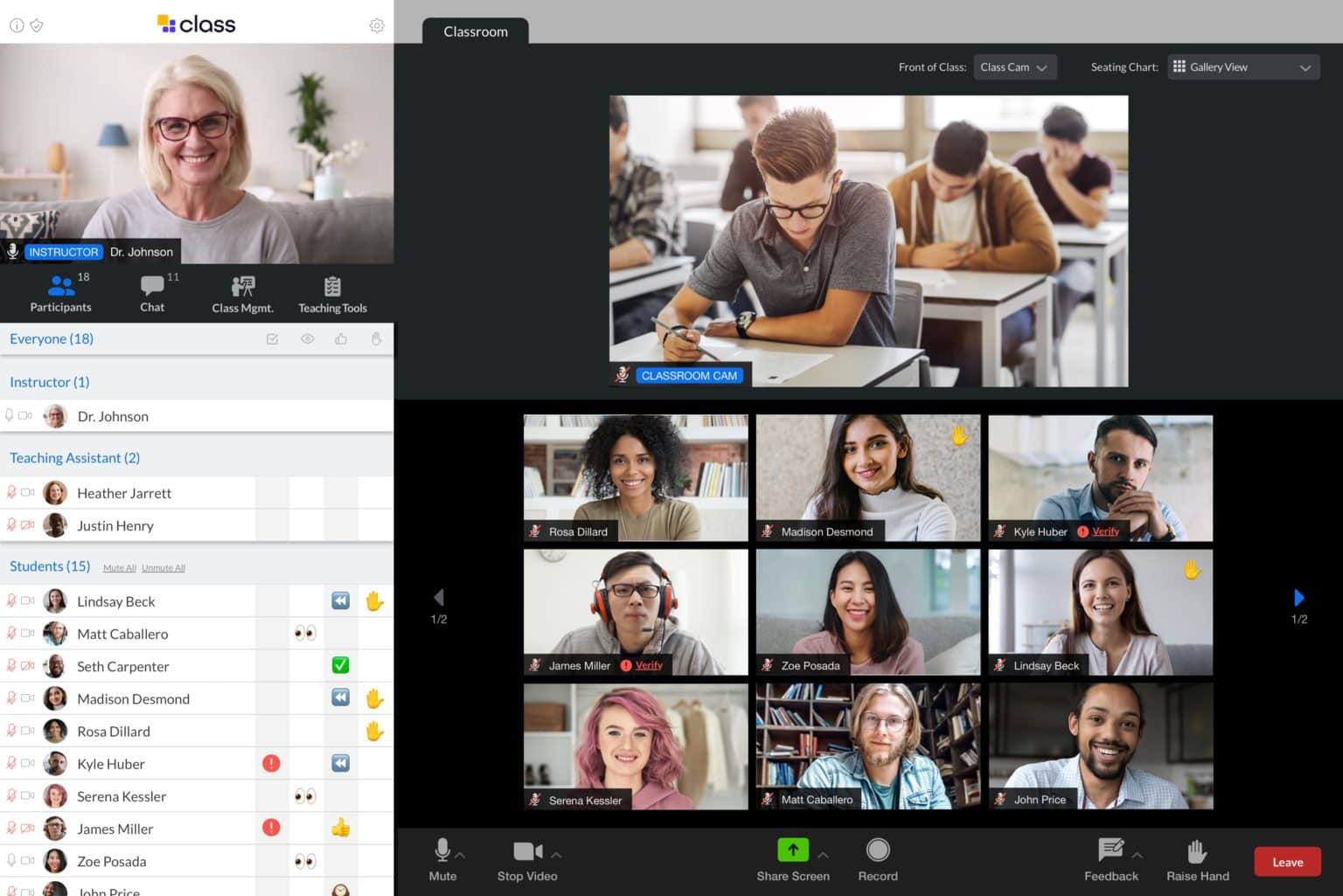


Prior to the pandemic, education was delivered primarily in traditional classroom settings. While many universities had begun offering online courses, many of these were asynchronous. When, suddenly, teachers and students were sent home to teach and learn in March 2020, they began to experiment in earnest with a fully remote environment in most cases. Gradually, hybrid offerings emerged.
One important thing all have learned during the global forced education model experiment that the pandemic has prompted is that education delivery isn’t an either/or proposition. In fact, flexibility is rapidly becoming the norm as teachers, administrators, students and others are learning that allowing students to have more control over when and where they learn can be a better way of engaging them.
A model that is gaining traction is HyFlex—one that actually emerged at San Francisco State University around 2005 as teachers and administrators sought to address enrollment concerns by delivering education in new ways.
EDUCAUSE points out that since San Francisco introduced this concept many others have followed suit for their undergraduate, graduate and professional programs—”often branding their ‘student-directed hybrid’ approach with terms such as Peirce Fit®, BlendFlex, Comodal, Trimodal, FlexLearning, Multi-Options, Mode Neutral, Converged Learning, Multi-Access Learning, and Flexibly Adaptive Learning Environment.
Northern Illinois University explains HyFlex and how it works on their website. They say: “HyFlex is a course design model that presents the components of hybrid learning in a flexible course structure that gives students the option of attending sessions in the classroom, participating online, or doing both. Students can change their mode of attendance weekly or by topic, according to need or preference.”
It’s really the ultimate in terms of flexibility and choice from the student’s perspective, allowing them the opportunity to vary their mode of learning as it fits their personal schedule and preferences.
Those who had already been using this model prior to the pandemic were far better positioned to modify their classes to take maximum advantage of its flexible options. Interest in the approach has grown with many believing it may reflect the future of higher education.
There are some challenges and potential drawbacks, however.
In October 2020 The Chronicle of Higher Education published an article—Our HyFlex Experiment: What’s Worked and What Hasn’t—in which Kevin Gannon, a professor of history at Grand View University and director of its Center for Excellence in Teaching and Learning breaks down the benefits and some drawbacks of the approach.
The benefits, as we’ve seen, relate primarily to the flexibility afforded students to participate in courses in ways that best meet their individual needs and preferences. Another benefit during the pandemic, of course, has been the ability to use the model to continue providing students with access to education in a safe way.
The primary drawback may be obvious. As Gannon says: “HyFlex courses are hard to build, and even harder to teach.” Simply teaching an entire course online has challenges on its own. But combining teaching modalities within one course and allowing students to pick and choose how they participate can add to the complexity and time required for instructors.
Student flexibility has also become somewhat of a “double edged sword,” says Gannon. Their choices don’t necessarily reflect what is best for them to learn most effectively.
HyFlex courses also aren’t equally relevant or beneficial for all types of courses. They’re most suited, says Gannon, “to classes that are more content exposition in nature, or ones in which presentations with brief discussion or Q&A interludes are the norm.”
Still, Gannon notes, despite what may seem like some significant drawbacks, HyFlex has worked for many. “We have students who, quite literally, would have had to drop out of their courses” if they hadn’t been available in a HyFlex format, he says.

Melissa M. Burnham, Ph.D., is a professor and department chair of Human Development, Family Science, & Counseling, in the College of Education & Human Development at the University of Nevada-Reno. She’s an example of an instructor that has had to move to a HyFlex virtual classroom template to ensure access for as many students as possible.
While Burnham’s classes were initially entirely remote and later required to be in-person, practically this hasn’t been possible, she says. The result: this semester, she says, her classes are “de facto HyFlex because I have provided the option for students to Zoom in to class each week if they need to self-isolate, are feeling ill, or the like.” One student had a baby and chose Zoom as an option to keep the baby safe. Another, a student athlete, needed knee surgery.
Yes, the flexibility of the option offers some benefits to address unique student situations, especially during the pandemic. But the practicality of offering classes in a HyFlex format, she says, “is a nightmare.” While she feels her decision to offer a Zoom option was justified, she says, “It takes longer to prepare for class and takes creativity on the students’ parts to be able to fully participate in the whole class experience. I feel like I’m shortchanging everyone by trying to be flexible,” she says.
While Burnham says that she views the HyFlex model “as a necessary evil this semester,” she adds that she would “never choose to teach this way.” That may, as Gannon noted, reflect the nature of her classes—they’re very hands-on, involve a lot of small group discussions and exercises. “I’m teaching a course on preschool curriculum, so we do a lot of work with materials so that teachers-to-be are comfortable and prepared to use them in the classroom,” she says. “We have such an activity almost every week—wire, different kinds of paint, loose parts sculpture, etc.”
It’s a model, Burnham says, that just doesn’t work for “interactive, learning-science-based courses that require anything from the students that’s more than passive receipt of information.” She would either rather teach entirely in the virtual environment, or entirely in the classroom.
Is HyFlex the future of higher education? For some types of classes, the answer is no. However, it’s clear that there may be a place for HyFlex in certain settings, with certain types of courses, and certain types of students. It’s becoming clear that education delivery cannot rely on a “one-size-fits-all” model. Teachers and students can benefit, though, from the varying alternatives that are now available and the flexibility that these alternatives can provide.
As Jessica Rowland Williams, Ph.D., director of Every Learner Everywhere points out: “As campuses resume regular operations in the wake of the Covid 19 pandemic, we need to be mindful that the conditions that made HyFlex a solution for all students still exist for many students and have always existed for those students. Students who work full time, who are caregivers, and who don’t have ready access to public or private transportation will continue to need flexible course modalities in order to continue their education.”
Download the eBook, The Guide to Hybrid: Opportunities for the Next Generation Campus, to understand the benefits of offering hybrid learning at your institution and get practical tips to overcome common challenges.


Get our insights, tips, and best practices delivered to your inbox

Sign up for a product demo today to learn how Class’s virtual classroom powers digital transformation at your organization.

Features
Products
Integrations